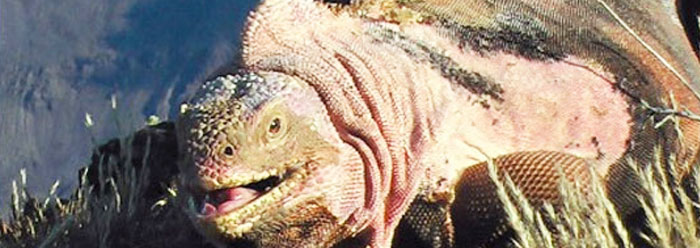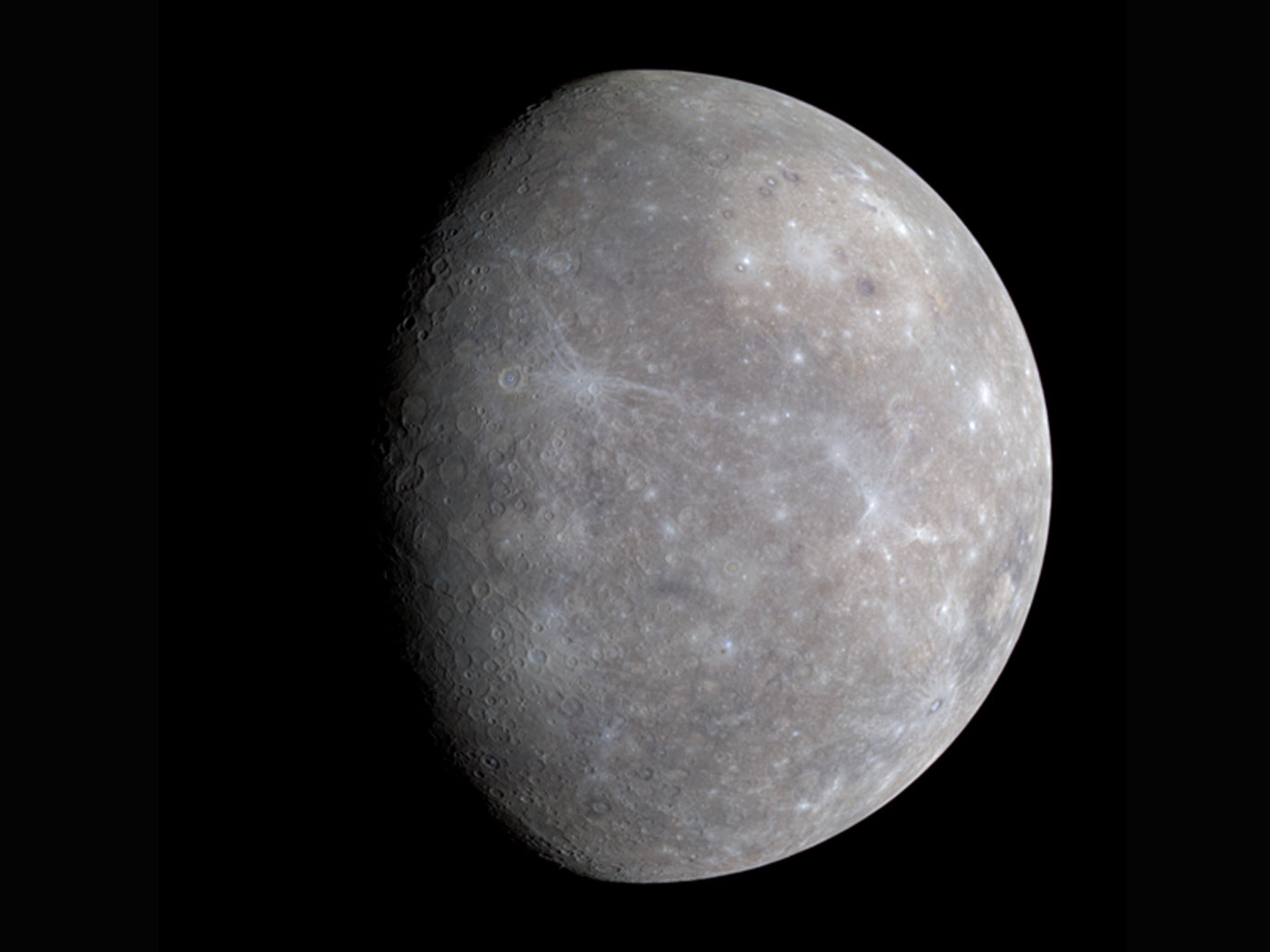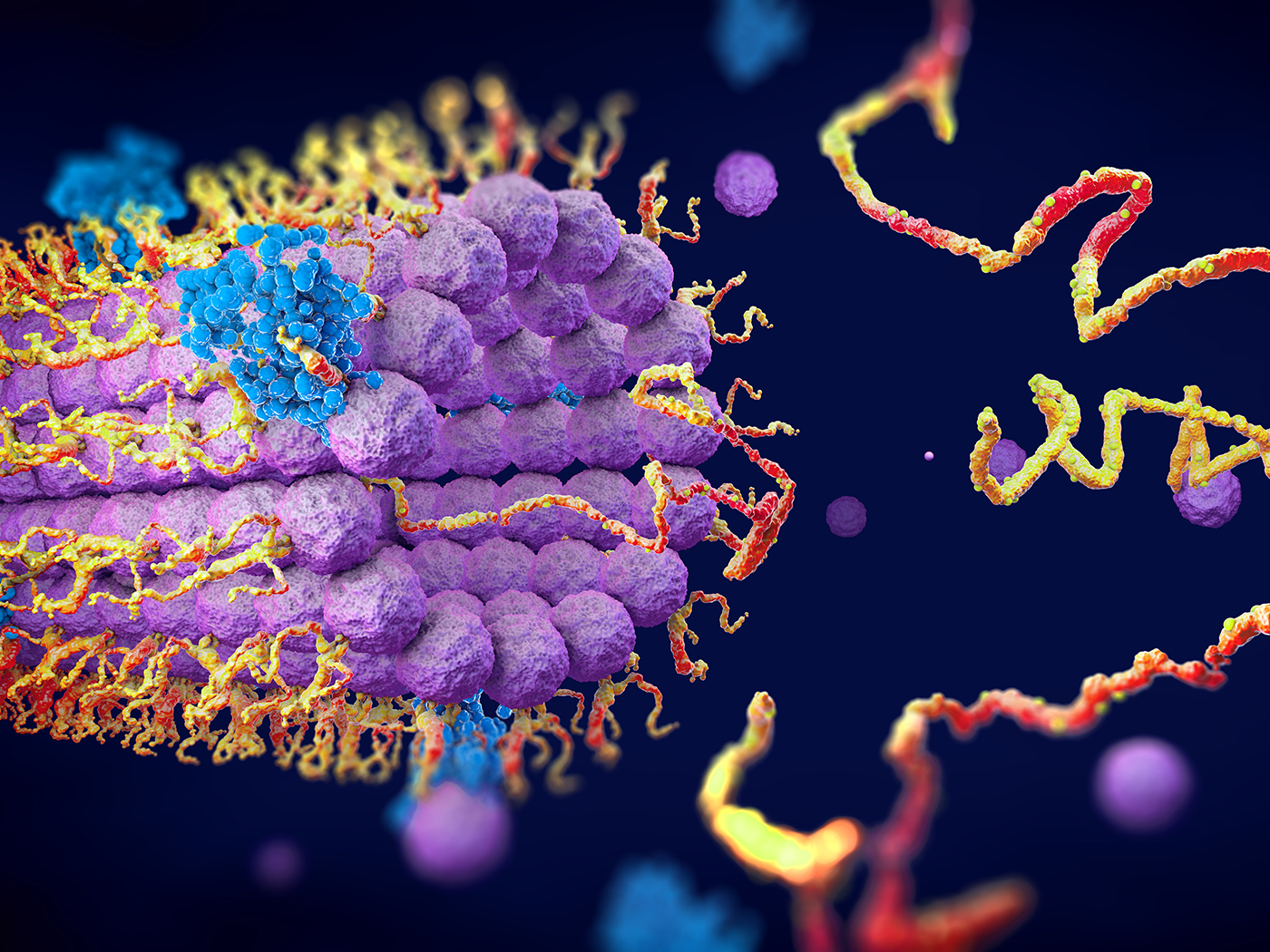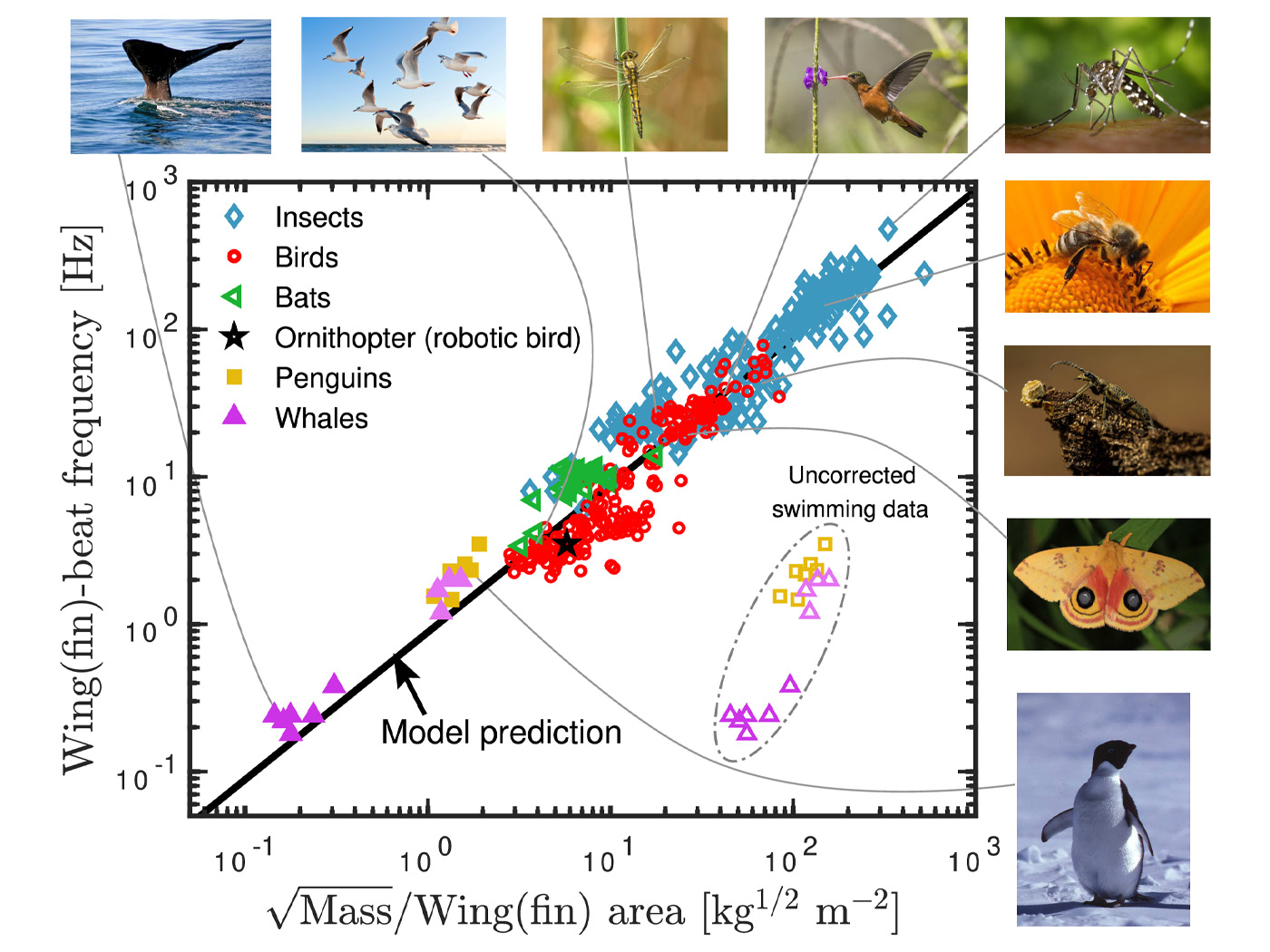Pink iguanas were discovered in 1986 in the Galapagos. Researchers have analyzed the DNA of these very rare iguanas and found that it is significantly different from both the terrestrial and the marine iguanas that inhabit the islands.1 Interpreted within a long-age mindset, this genetic difference and the resulting date of the emergence of the pink iguanas significantly conflict with other evolutionary age data.
In their study published in the Proceedings of the National Academy of Sciences, the researchers estimated that the pink iguanas with dark stripes diverged from all other iguanas over five million years ago. But this predates the island on which they live, thus presenting a “conundrum.” These iguanas, found only near an old volcano on Isla Isabella, supposedly evolved “when at least some [if not all] of the present-day islands had not yet formed. In fact, the oldest extant islands in the archipelago, San Cristóbal and Española, are at least 2.35 and 3.3 million years old, respectively.”1
Physical isolation on an island was the very event that must have caused the pink iguana to diverge from its relatives. So where did it live for 2 million years while waiting for its island home to rise from the Pacific depths to provide the solitude it needed to diverge?
A similar problem exists for the Lord Howe tree lobster, whose DNA is interpreted to be much older than its namesake island.2 These reports indicate that something is wrong with the evolutionary dating process. Which age is right? Are any of them correct?
If the evolution of particles to people over vast eons never really occurred, however, then the dating conflicts can be readily resolved. The biblical creation model holds that history should be reconstructed, not according to contradictory, ever-changing, pseudo-scientific hypotheses, but according to the most authoritative account of ancient history: that given in the Bible.
Thus, the Galapagos Islands, like all of today's landforms, arose recently as a result of the cataclysmic geologic processes begun by the worldwide Flood. All of the world’s land creatures began migrating across earth from Mount Ararat just over 4,000 years ago. Eventually, some iguanas, finches, mockingbirds, and other animals and plants found passage to the Galapagos Islands (perhaps during the Ice Age, when the sea level was lower3). Many creatures, including the iguanas, underwent rapid diversification as they quickly filled the new environmental niches in the post-Flood world.
Moreover, this diversification occurred—and even occurs today—not according to imagined, slow, macroevolutionary, mutational processes, but according to designed adaptability, a gift from the Creator.4, 5, 6
References
- Gentile, G. et al. 2009. An overlooked pink species of land iguana in the Galápagos. Proceedings of the National Academy of Sciences. 106 (2): 507-511. Published online before print at pnas.org, January 5, 2009.
- Thomas, B. Rare Insect Evolved at the Wrong Time. ICR News. Posted on icr.org December 30, 2008, accessed January 7, 2009.
- Thomas, B. Another Local Flood Theory. ICR News. Posted on icr.org January 5, 2009, accessed January 7, 2009.
- Morris, H. 2001. The Microwave of Evolution. Acts & Facts 30 (8).
- For an example of the potential of “rapid diversification” programmed into many animals, see Mouse Study Suggests Mammoth Evolutionary Change. University of Illinois at Chicago press release, May 21, 2003.
- For a possible non-mutational mechanism for rapid diversification, see the references in Thomas, B. What Spurs Evolution? The Old or the Young? ICR News. Posted on icr.org October 17, 2008, accessed January 7, 2009.
Photograph by Gabriele Gentile
* Mr. Thomas is Science Writer.
Article posted on January 13, 2009.






















